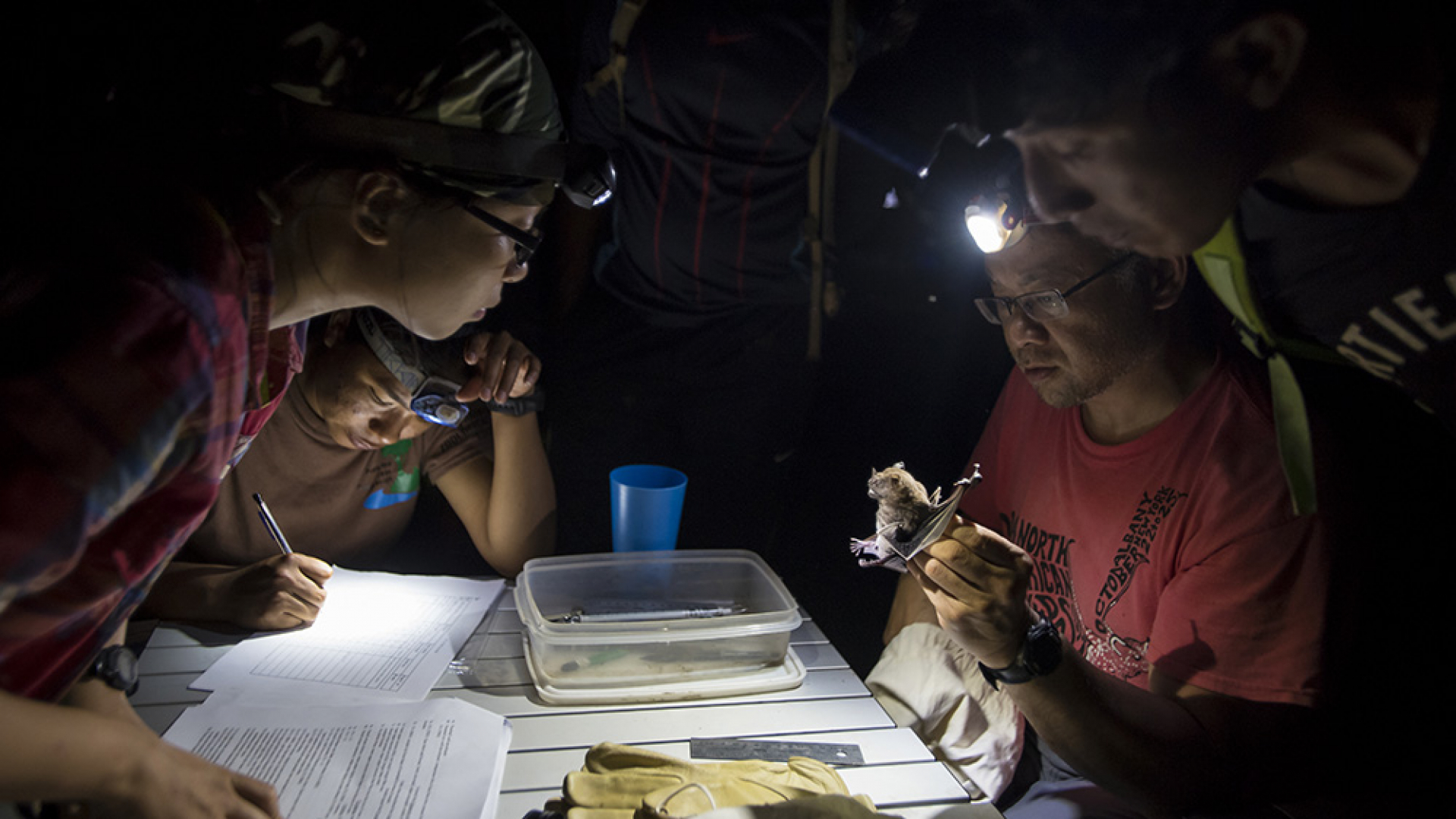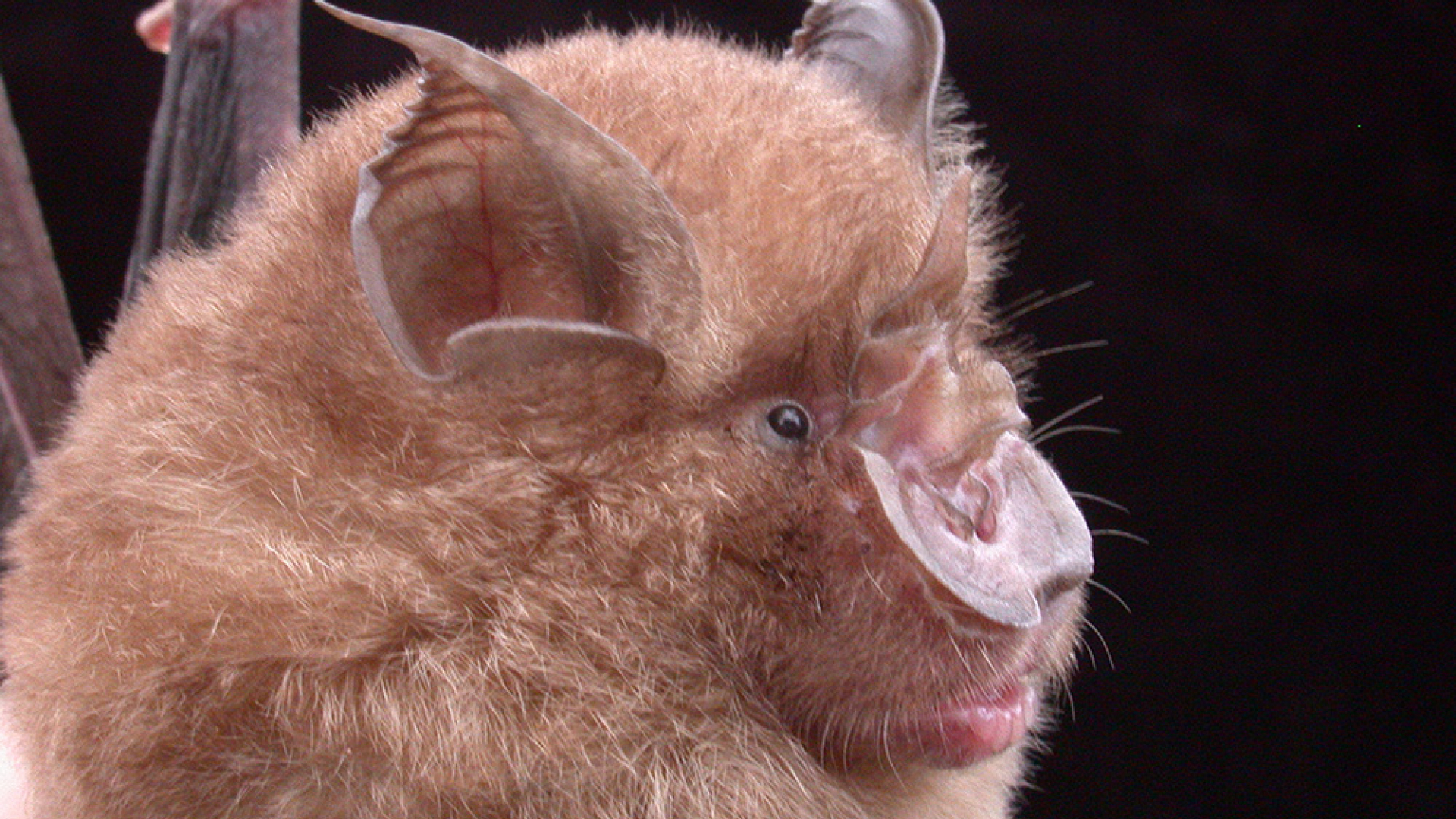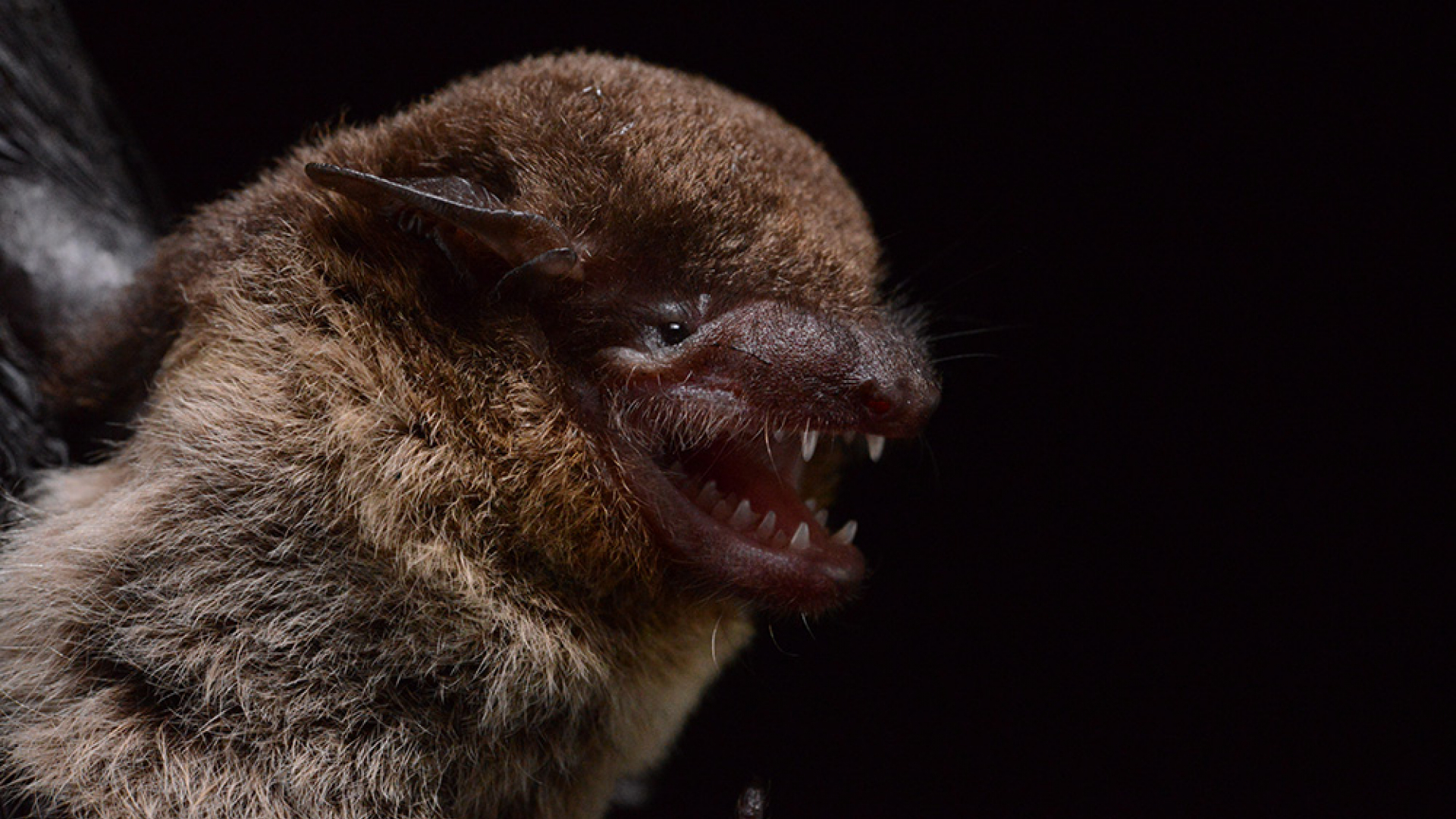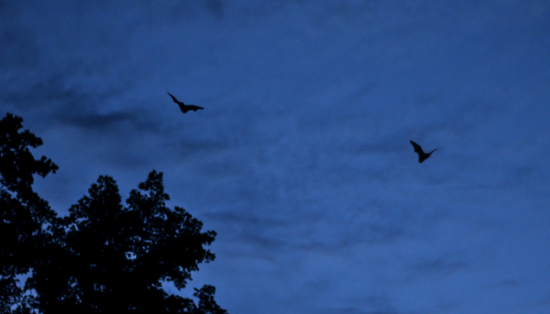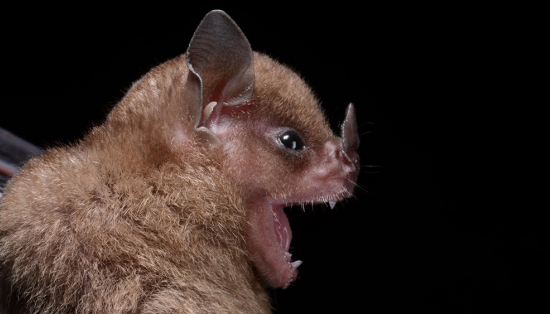There has been a lot of talk about bats and SARS-CoV-2 (‘COVID-19’), and we’re here to clear up some of that misinformation. Speculation has serious consequences that may endanger animals, so we asked our resident bat expert, Dr. Burton Lim, to help us put a focus on the facts about bats.
Bats are being unfairly blamed for the current pandemic. The source (or ‘disease reservoir’) of this virus is still unknown, but media have implicated bats in the absence of direct evidence. This mirrors speculation that bats serve as the reservoir species for the virus that causes Ebola, but there is a lack of direct evidence for this as well. We still do not fully understand the epidemiology of many diseases.
The speculation that bats are ‘responsible’ for the virus has led to the unwarranted culling of bats in many parts of the world, even for species not known to have any coronaviruses. Regardless of where the virus originated, the true problem is not the animals themselves but human activity that brings together species that normally would not have close contact in the wild. The forced co-mingling of species seen in live animal markets and illegal wildlife trade enables viruses to spillover and ultimately jump to humans.
In reality, our flying mammalian friends play integral roles in ecosystems around the world. Scientists have identified more than 1 400 species of bats, and they contributes to their environments in a variety of beneficial ways; whether as a pollinator like Australia’s little red flying-fox (Pteropus scapulatus) or natural pest control by our own native Canadian big brown bat (Eptesicus fuscus) – a voracious insectivore that eats many agricultural pests and contributes to keeping farms productive.
Here in Canada there are 18 documented species of bat living coast to coast, and as far north as the treeline. Three of our native species are endangered (little brown bat, northern bat, and tricoloured bat) because of an invasive fungus that causes white-nose syndrome.

